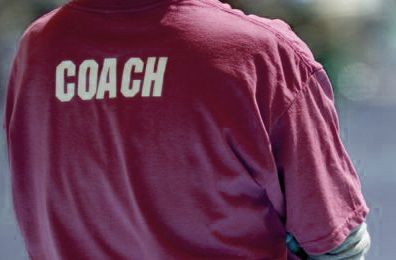
You have a warrior spirit within you. But it’s lost and confused.
When we think of Hawaiian warriors we think of the battles and names such as Kamehameha, Kekuhaupi’o, Koaia, Laʻamea, Kohapiʻolani, among others. Throughout Hawaii’s histories, legends, and mo’olelo we come across Hawaiian warriors known for their leadership, fighting skills, oratory, mana, and their strength and health. Today’s Modern Hawaii only focuses on Aloha which is an important value, but isn’t the only value that has formed the culture, and we’ve loss the role for modern day Hawaiian warriors.
In today’s society there are talks about the fall of the Kanaka Maoli (Hawaiian) men. Throughout the history of Hawaii, the warrior class was highly respected and praised by the Hawaiian people.
I remember a story told to me by ‘Olohe Billy Richards of the time during a Hokule’a voyage to New Zealand. They were being greeted by the Maori warriors with the haka but when it was time for a response by the Hawaiians, there was none. He then shared a moment that changed him. He was asked, “Where are your men? Where are your warriors?” and he had no answer.
This is a question that I ask myself and strive to find the answers within me and those that I connect with.
With the uprise in Hawaiian culture, the spread of lua, and the workshops and seminars done like Aha Kane, that question is still being asked not just by other cultures but by our own as well.
Warriors are supposed to repel the enemy and insure the safety of the community; when this is not possible, defeat has deep psychological ramifications. Add to this the destruction of men’s roles in the traditional economy, and you have men divested of meaningful cultural roles. (Duran & Duran, 1995, p. 35)
A sense of frustration, confusion, and anger, can be felt by the modern Hawaiian men. When it comes to health, social, emotional, and personal issues, the modern Hawaiian man finds himself at the top of the list. These sorts of issues on an individual base can root from the idea of serving or having no purpose. Without a purpose what else is there in life? In a research, Changes in Kanaka Maoli, the authors shared, “Removing men’s function as the warrior/protectors of the society, while also removing their ritual and cosmological basis for developing meaning, is a case in point of a powerful process of cultural wounding.”
The Kū Approach
Too many programs and initiatives focus on the image of Hawaiians being victims of a larger power instead of using an approach to bring out personal power and strength through education and training. There has been many accounts, events, and community talks where people retell the history, the illegal overthrow, and the colonization of Hawaii. The power of words has a double edged sword and can protect or harm. Words that speak of being victims only harm the people who believe themselves to be victims.
When it comes to educating and training a disenfranchised population about health you must take cultural factors into account, which government agencies do not. There must be a holistic approach of combing the spiritual and physical health and wellbeing of the individual.
The Kū Approach, isn’t a 6 week workshop or 4 week training routine, it’s a lifestyle and takes more of a philosophical position (Aka. Build a Kū Body and Live a Kū Life) where the goals and processes of education are to train and guide the individual beyond the information, and find the true essence through intentional practice.
That is why we focus so much here on the practice and learning of what it means to empower yourself to become stronger. The ultimate goal when it comes to healing, becoming stronger, improving your abilities is to free yourself from shame, anger, doubt, and constant blaming. These influences have a degrading effect on our physical, mental, and spiritual wellbeing, and by freeing yourself from these negatives can only bring freedom and strength.
Building The Modern Hawaiian Warrior
The more I learn about the warrior culture during traditional Hawaii, the more I see how we can take our health and performance to the next level. Many individuals who are training or find themselves in health and fitness initiatives, are missing aspects or putting too much emphasis on one aspect.
Almost paradoxically, the way to healing for Kanaka Maoli males as warriors lies in the world of warriorship. Traditionally, for Asian and Pacific peoples, war-making skills were counterbalanced by strict and demanding social and spiritual obligations. (Changes in Kanaka Maoli Men’s Roles and Health, 2005)
Our focus is to integrate cultural traditions (healing, cleansing, etc.) with human physical performance. In lua, they teach that it is the art of the second strike and emphasize the duality of life. While warriors are linked to aggression, Mary Kawena Pukui states in Nana I Ke Kumu that aggression has “a dual nature: one destroy: one creates, builds and accommplishes…aggression is energy put to use, either for positive or negative.” In today’s society, there is this battle between where and how to use the aggression, and only through intentional practice can we learn how to use the aggression in a creative and positive manner.
Physical Training
I draw a lot of inspiration from modern and cultural practices of physical education. I’ve been asked, “Why don’t you train with rocks? That’s the Hawaiian-style.”
I always answer, “Because if the warriors had barbells, they’d train with barbells.”
When it comes to physical training, there are many factors to think about. During ancient times, their training based around the need to prepare themselves for battle. Today, unless you are in a tactical force, your needs will vary. There is a wide array of training that you can choose from that fits your needs and interest. But here at The Kū Project, we emphasize the use of weights with the use of other tools when we deem necessary.
Training principles are geared towards building a sound mind in a sound body. You must take a holistic approach to physical training and learn about the process of food and nutrition (planting, harvesting, cooking, and classifying herbs) along with physical performance development (breathing, lifting, calisthenics, tumbling, and gymnastics).
Mental and Spiritual Training
In my book, Aloha to You, I share my journey towards finding more Aloha for myself. Too many times we focus on giving Aloha and sharing Aloha, but how can you give Aloha when you don’t have Aloha to give.
I’m talking about the Inferiority Complex many Hawaiians experience. I still have it to an extent today. Through the generations of the Hawaiian people, especially Hawaiian men, having the feelings and experience of being disenfranchised, our mental and spiritual strength has been weakened.
Eventually, through engaging in many cycles of insight, forgiveness, and wisdom, a person or community can develop options for living a healthy and powerful life. (Changes in Kanaka Maoli Men’s Roles and Health, 2005)
You need to find your Pu’uhonua, place of refuge, and Heiau, temple, to rid yourself of the pain, anger, and shame. These sanctuaries can be where ever you want. You can seek refuge, spiritual cleansing and healing at the beach, mountain, valley, in your home, at a sacred site, or within a community. But you must connect yourself to a place where you can visit when you need a time for reflection and healing to re-energize yourself and boost your mana.
The Dialogue is Mandatory
The Kū Project, is looking for conversations on his matter of building the warrior culture and rebuilding the Hale Mua in Modern Hawaii. It has been 235 years since the colonial period in Hawaii and many of the issues compounded through the generations.
I like to push thoughts and ideas out there that could potentially stir change and through constructive dialogue can we begin to progress forward as individuals and as Hawaiian people. This is a challenge to all of you to put your voices and thoughts out there, and stop sitting silence.
What are your thoughts? Who are the Modern Hawaiian Warriors today? What needs to be done and why?





2 Responses
I have been reading a book about meditation and it talks about how the Native American sweat lodge and Japanese Shingon 100 days of winter are ways to achieve deep meditative state. Is there anything similar in the Hawaiian traditions?
Thanks!
Aloha. There is a Hawaiian process called Ho’oponopono.